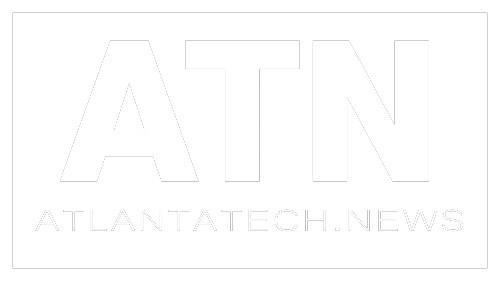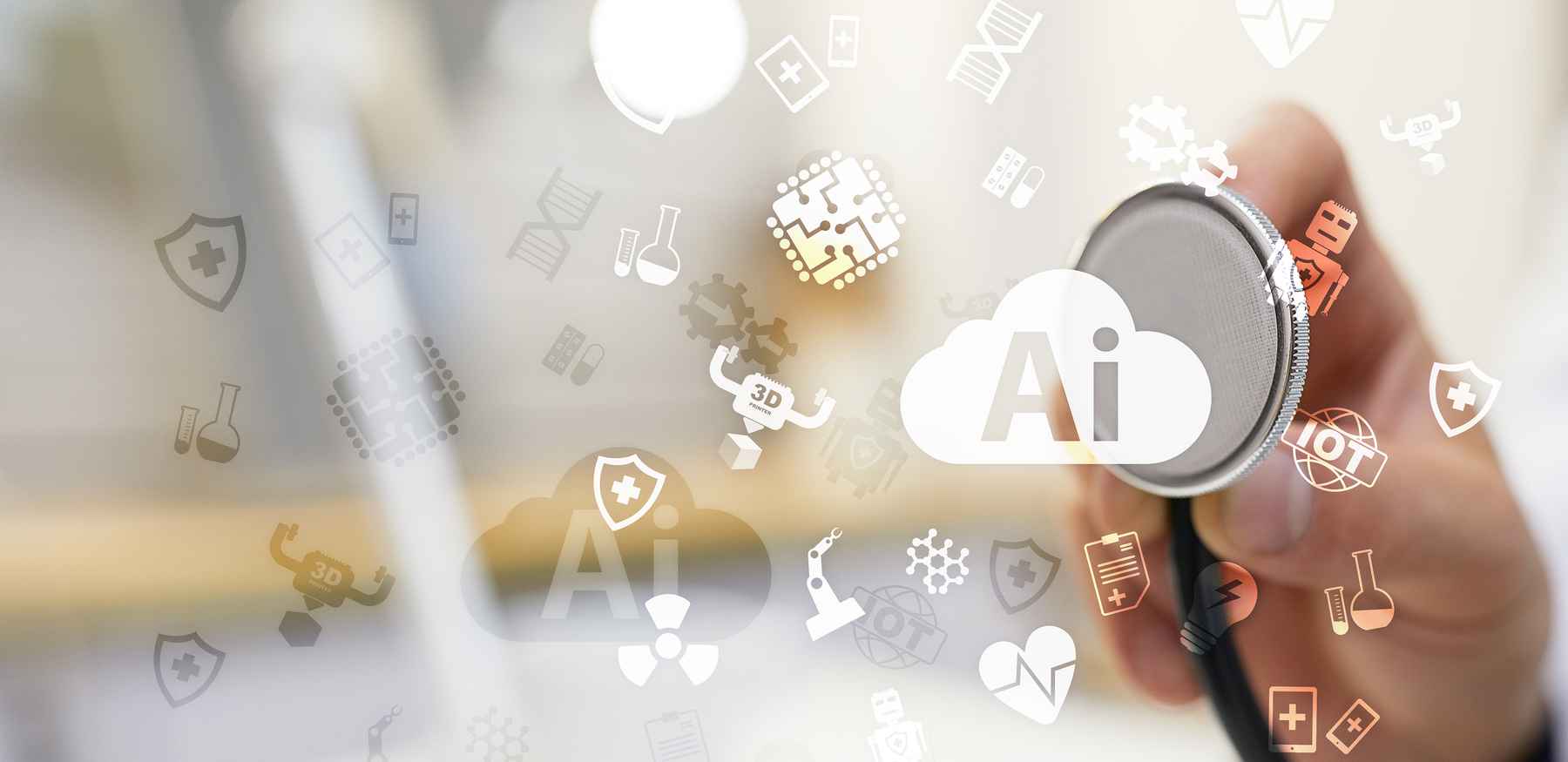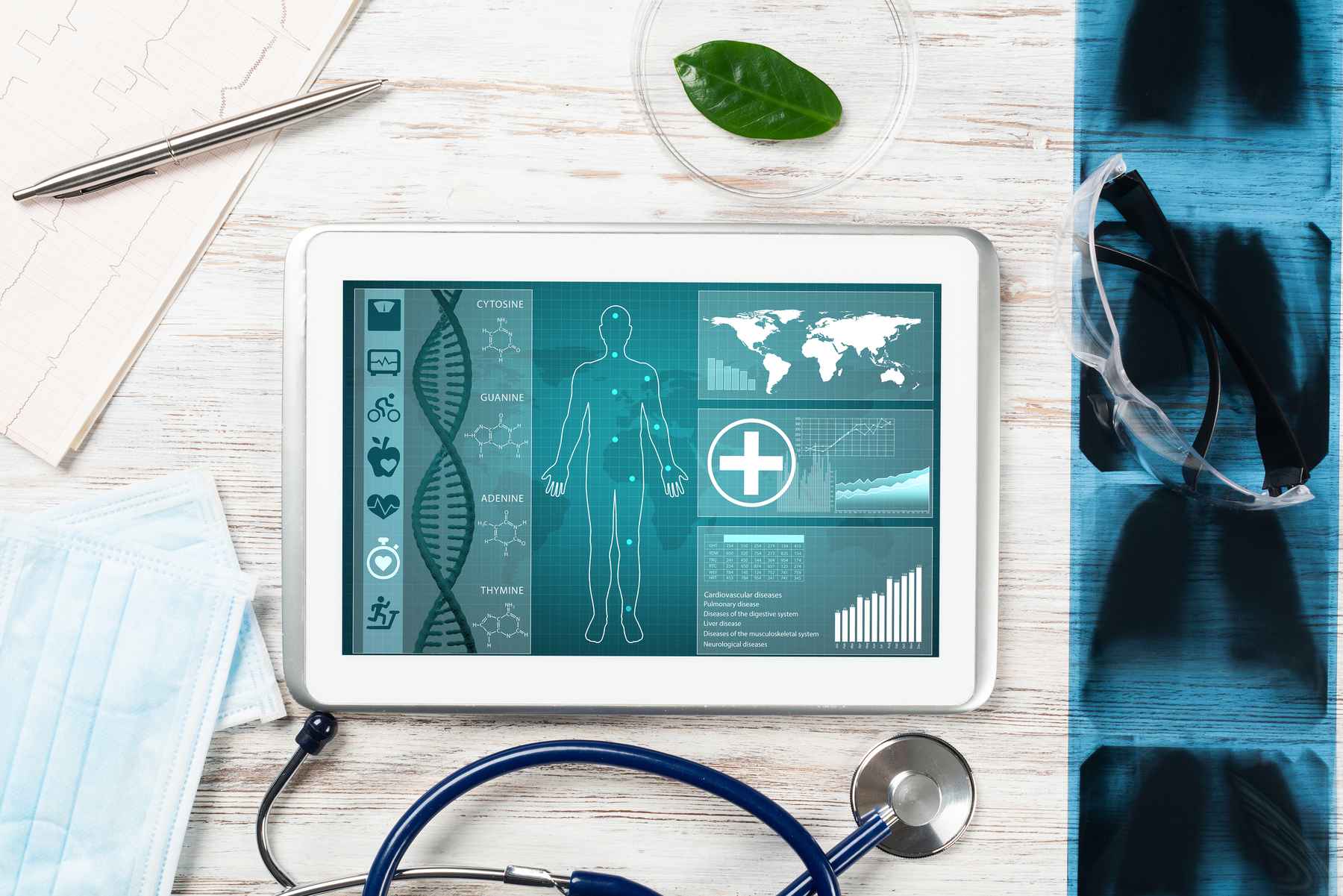As a healthcare IT professional, the COVID-19 global pandemic may be the biggest challenge of your career as health IT plays an unprecedented role in combating the virus. Tools that are already being used to streamline patient care are also being utilized to rule out or diagnose the presence of the coronavirus in patients.
Remote Diagnosis Necessary
Since the introduction of an indoor 5G network to facilitate remote patient consultations in China, physicians worldwide have taken notice. The high quality video enabled by 5G offers them a way to mitigate their risk when assessing patients who may be suffering from a deadly disease without sacrificing the quality of care.
This technology also allows doctors to assess patients who may be at additional risk by traveling from their particular geographic location.
Healthcare professionals rely on technology to do their jobs effectively, however, 47% of them who were polled stated that poor WiFi coverage made patient care a challenge. The advent of the coronavirus has created a demand for something better for both staff and patients.
EHR Software Updates A Must
Fast and efficient diagnosis is the key to effective containment and treatment. By updating your software, your clinicians can identify diagnostic patterns faster. In response to the current pandemic the EHR giant, Epic, updated its patient travel screening questionnaire based on recommendations from the CDC.
To what extent EHR workflows affect early detection and effective response protocols is highlighted by the 2014 outbreak of Ebola. During that time, the first documented case of Ebola in the United States was nearly missed.
Despite the nurse entering into system that the patient had recently returned from Africa, this vital information did not show up on the physician’s workflow. As a result, the patient was discharged from the ED only to return four days later with worsening symptoms.
Send in The Robots
Simple tasks can be performed by robots now, which reduces the risk to staff. Robots can deliver trays, remove trash, and even check a patient’s blood pressure, all while decreasing staff exposure. Fewer one-on-one interactions between COVID-19 patients and their clinicians promotes containment and lowers the chances of your healthcare personnel contracting the disease.
The coronavirus has raised the bar for healthcare IT professionals. Fortunately, the technology is available for you to provide your clinicians and their patients with the best possible outcome.





